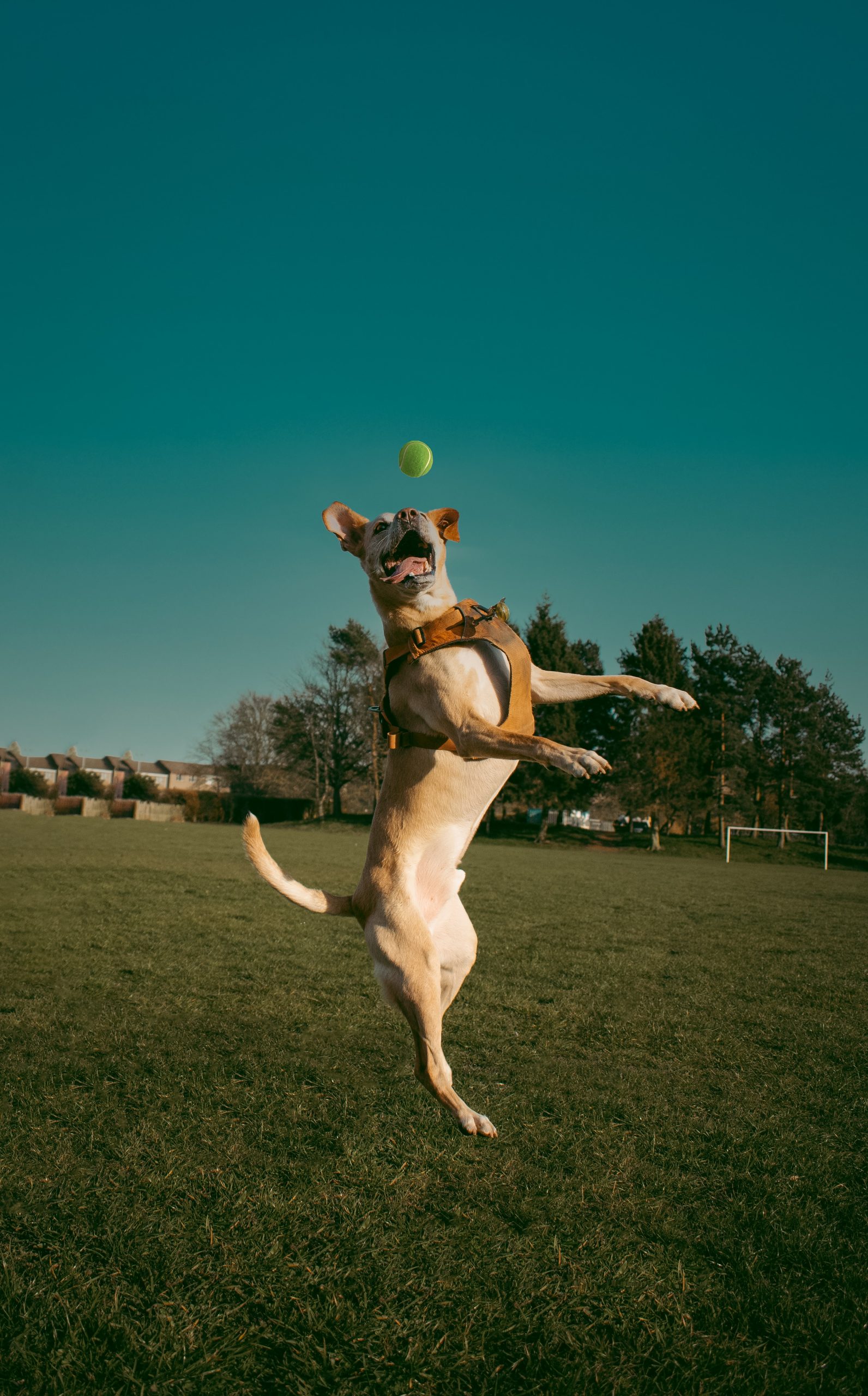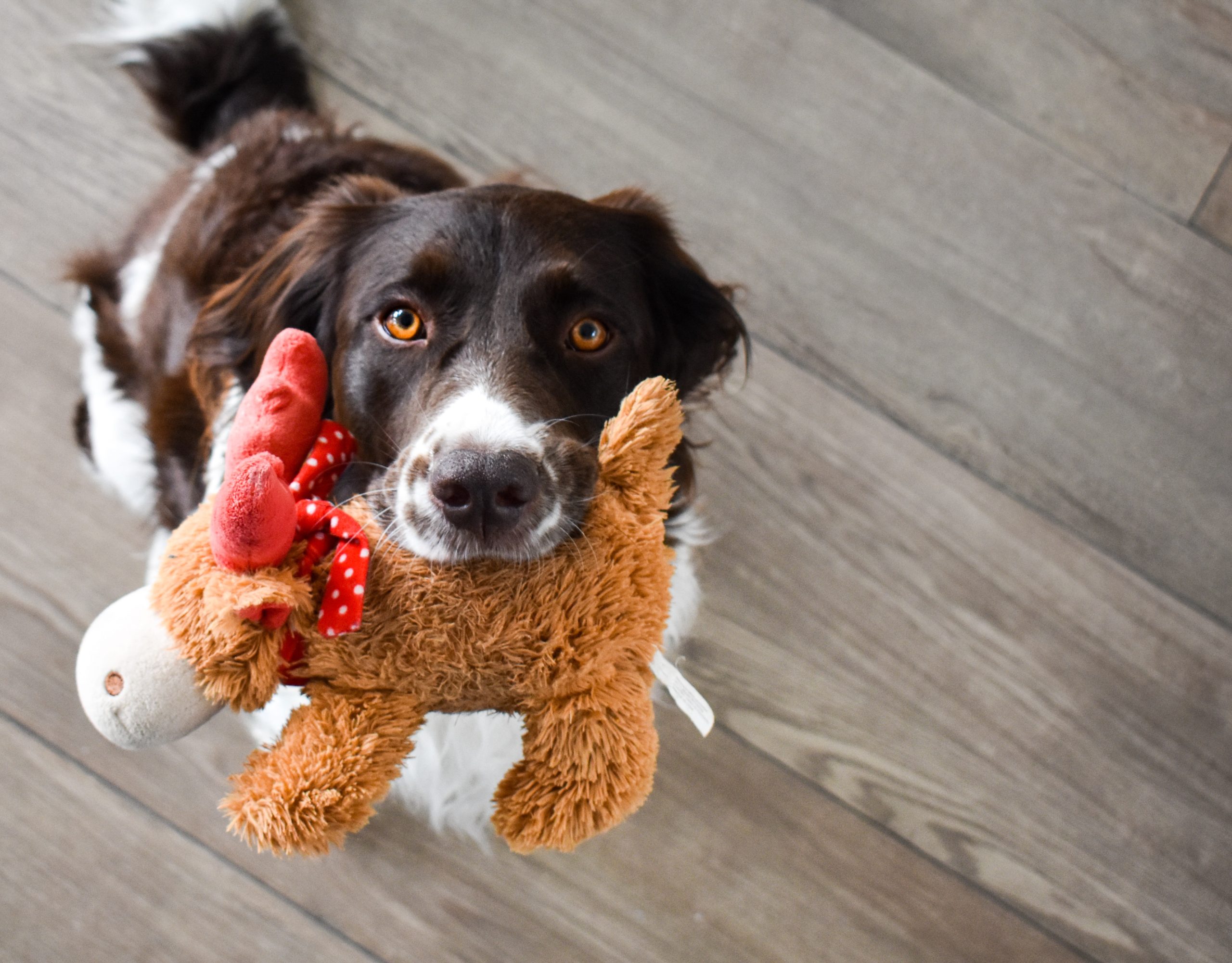Seeing the World in Blue and Yellow: Decoding the Colors Dogs Can See
An Insight into Canine Color Perception: Dogs primarily see shades of blue and yellow and have difficulty distinguishing between red and green.
Understanding Dog Color Vision
Dogs have dichromatic vision, meaning they see fewer colors than humans. In comparison to the human eye, which has three types of cones sensitive to red, green, and blue light, dogs only have two types of cones that allow them to see blue and yellow hues. This limited color perception results in dogs primarily perceiving shades of blue and yellow, and having difficulty distinguishing between red and green. For example, when a dog is playing in a grassy area with red flowers, the red flowers may appear as a shade of gray to the dog, while the green grass may not have a distinct color differentiation.
The composition of a dog’s eyes plays a crucial role in their color perception. Dogs have more rods than cones in their retinas, which affects their color perception. Rods are responsible for vision in low light conditions and the detection of motion, while cones are responsible for color vision in bright light. This difference in the ratio of rods to cones means that dogs rely more on brightness and contrast rather than color when navigating the world around them. For example, during a game of fetch, a brightly colored yellow tennis ball against a grassy background may be more visible to a dog due to the contrast in brightness, rather than the actual color of the ball itself.
Colors Dogs Can See
Dogs have dichromatic vision, which means they see fewer colors than humans. They primarily perceive shades of blue and yellow, which are the colors they are most sensitive to. For example, when playing fetch in a park, a dog can easily spot a bright yellow tennis ball amidst the green grass, while having difficulty distinguishing a red ball from the surrounding environment.
In addition to their limited color perception, dogs have 20/75 vision, which makes everything appear blurrier to them compared to humans. This impacts their ability to distinguish fine details or identify objects at a distance. Despite these limitations, dogs have evolved to see well in both daytime and nighttime conditions, allowing them to adapt to various light levels. For instance, a dog can navigate a dimly lit room in the evening without much difficulty, showcasing their impressive ability to perceive shapes and movement even in low light conditions. Moreover, dogs have a powerful sense of smell, and their vision is complemented by their olfactory abilities, enabling them to effectively communicate and navigate their surroundings, whether it’s during a daytime walk or a nighttime adventure in the backyard.
Impact of Dog Color Vision
The impact of dog color vision goes beyond just their ability to see certain colors. Dogs’ limited color perception can influence various aspects of their lives, including their interaction with toys and training equipment.
For example, dogs have difficulty seeing red, pink, and orange toys, but they are very attentive to the colors they can perceive, such as blue and yellow. This means that when choosing toys for dogs, it’s important to consider their color vision limitations and opt for toys in hues that are more visible to them. Understanding a dog’s color perception can help in selecting products that cater to their visual capabilities.
Furthermore, the practical implications of dog color vision extend to activities like agility training. It has been observed that dogs perform better at agility training when the equipment is painted in colors they can easily discern, such as blue and yellow. This insight into their color vision can significantly impact the effectiveness of training and the overall experience for the dogs.
In summary, the practical implications of dog color vision encompass not only their daily interactions but also their engagement in activities like training, where understanding their color perception can make a significant difference in their performance and overall well-being.
Signs of Vision Problems in Dogs
Compared to humans, dogs have less visual acuity and depth perception. This means that they may struggle to focus on objects or judge distances as accurately as humans do. Vision problems in dogs commonly manifest in their senior years, typically around nine to eleven years old. As dogs age, their eyesight may deteriorate, leading to issues such as cataracts or progressive retinal atrophy. These age-related conditions can significantly impact a dog’s ability to see clearly and navigate their environment.
For instance, a dog with cataracts may exhibit signs of vision impairment such as cloudy or opaque eyes and reluctance to engage in activities that require good vision, like fetching a ball or playing. Similarly, progressive retinal atrophy can cause a dog to become more hesitant or cautious when moving around, as they struggle to discern objects and obstacles in their path. These age-related vision problems can have a profound impact on a dog’s quality of life, affecting their daily activities and overall well-being.
Moreover, signs of a dog experiencing vision issues include bumping into things, hesitancy when moving around, and changes in behavior such as clinginess or aggression. Dogs that are experiencing vision problems may become more dependent on their owners for guidance and support, seeking reassurance through physical contact or displaying signs of anxiety or frustration due to their compromised vision. It’s important for pet owners to be attentive to these signs and seek veterinary care to address any potential vision issues in their aging canine companions.
Practical Implications of Dog Color Vision
Understanding a dog’s color perception has practical implications that can significantly impact their daily lives. For example, when it comes to agility training, dogs perform better when the equipment is painted in colors they can easily discern, such as blue and yellow. This is because these colors are within their visual spectrum, allowing them to navigate the training course more effectively and with greater confidence. By taking their color vision into account, trainers and owners can create an environment that is more conducive to the learning and performance of their canine companions.
Moreover, the choice of toys can also be influenced by a dog’s color vision. Opting for toys in hues of blue and yellow, which fall within the spectrum of colors visible to dogs, can enhance a dog’s interaction and engagement during playtime. This understanding can lead to the selection of toys that are not only visually appealing to dogs but also promote their active participation and enjoyment. As dogs age, their vision may decline, making it even more crucial to consider their color perception when selecting toys and training equipment.
In their later years, dogs may experience vision problems, and understanding their color perception can help in creating a supportive environment. By being aware of the impact of color vision on a dog’s behavior and interactions, owners can better cater to their needs and ensure that their pets continue to lead fulfilling lives, even as their vision changes.


